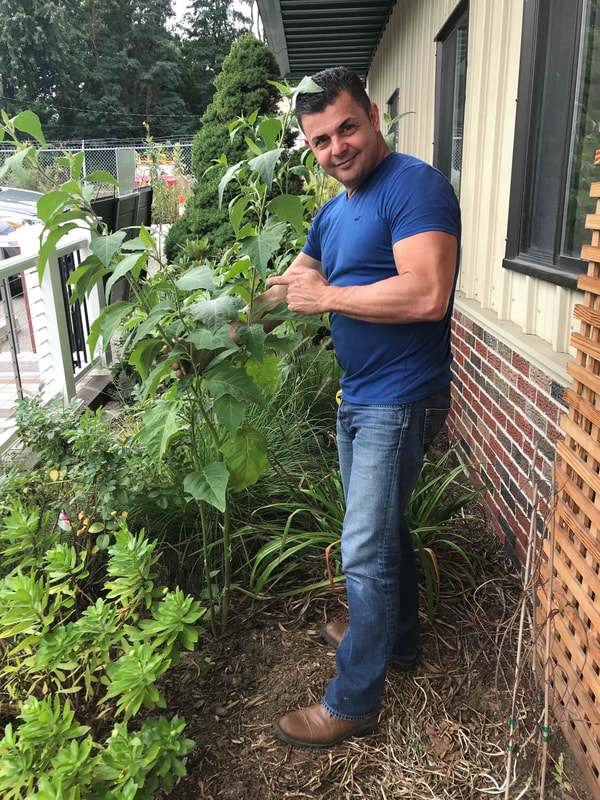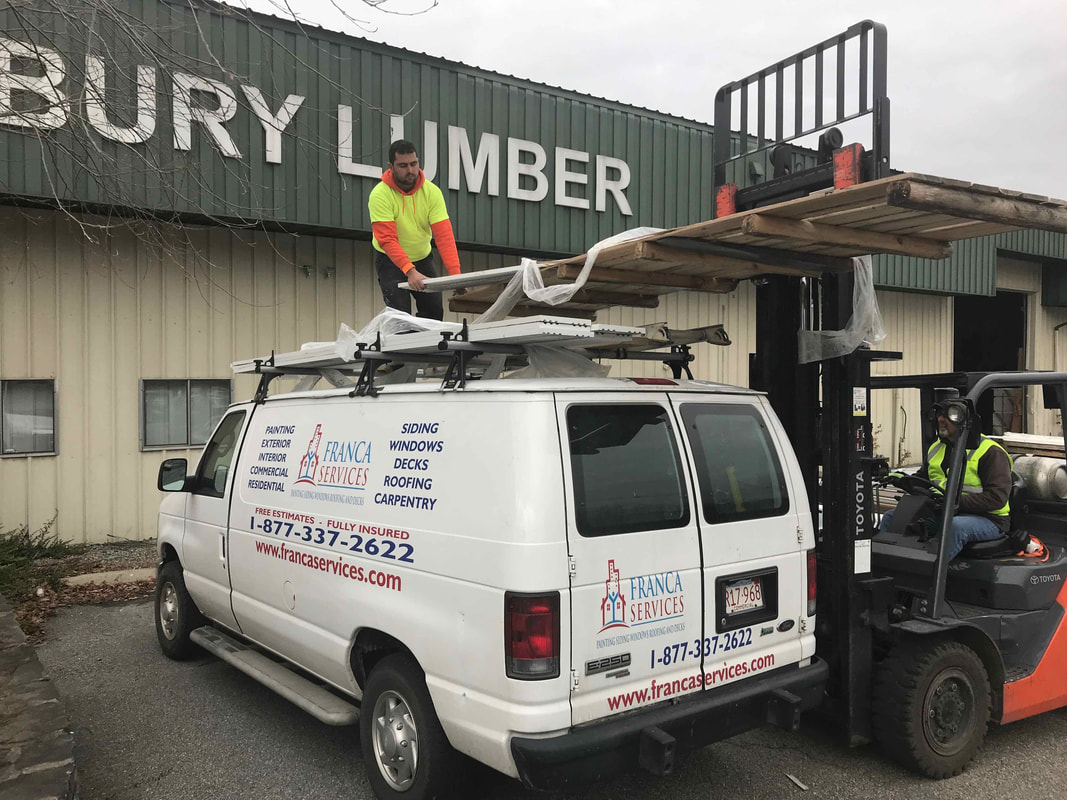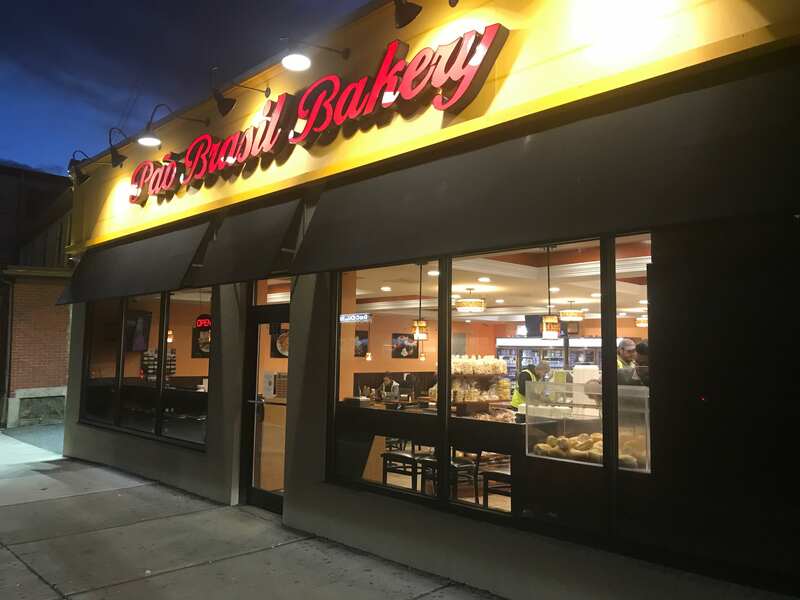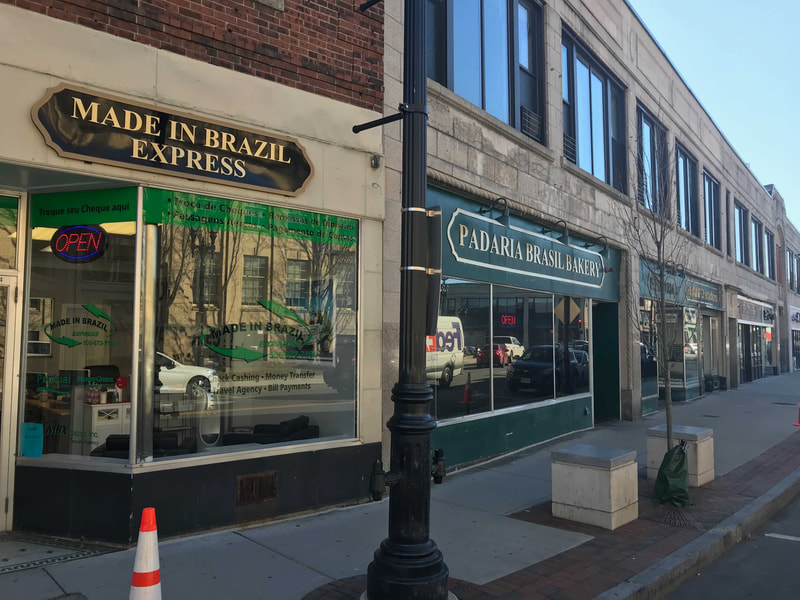|
Gisele Bündchen, wife of six-time Super Bowl champion Tom Brady, may be the most prominent Brazilian face in Massachusetts, but ordinary Brazilian immigrants are playing a far more important role in changing the face of Massachusetts. It is impossible to visit towns like Framingham or Marlborough without noticing the names of Brazilian bakeries, restaurants, grocery stores, clothing stores and a wide variety of other businesses. In the case of south Framingham, it is no exaggeration to say that the entrepreneurial spirit of Brazilians saved a dying mill town. Unlike Mexico or other Latin American countries, Brazil had no history of sending workers or families abroad. Brazil was historically a destination country for diverse immigrant groups. Gisele Bündchen is a sixth generation Brazilian German. Her family comes from south Brazil, a region where Germans first began to settle in the 1820s and eventually came to play a significant role in the local economy and culture. Brazil was an an economic success story in the decades after World War II and a model for how to transition from an agricultural to a modern industrial nation. It was the oil shocks of the 1970s, a mounting debt crisis, and economic mismanagement that contributed to the collapse of Brazil’s economic miracle in the 1980s. During what is sometimes called the lost decade, Brazil plunged into a period of hyper inflation, economic stagnation, and rising unemployment. Successive administrations failed to revive the economy and often took actions that added to the misery. In 1990, for example, the government of President Fernando Collor, froze bank accounts, introduced a new currency, and slashed thousands of government jobs but the economic crisis only worsened with inflation reaching 2500 percent by 1994. Beginning in the mid-1980s, hundreds of thousands of Brazilians voted with their feet and left home to seek better opportunities abroad. By 2014 some 3.1 million Brazilians lived abroad sending nearly $3 billion in remittances back to Brazil by 2017. The United States became the single most important destination for Brazilian immigrants with the largest numbers settling in Florida and Massachusetts. However, the actual number of Brazilians living in the United States is unclear. For example, the 2000 census reported 212,430 Brazilians living in the United States but in 2002 the Brazilian Consulate in Boston claimed that over 200,000 Brazilians lived in the Boston area alone. Because Brazilians do not identify with the Hispanic category in census forms and many overstay their visas, it is difficult to arrive at an accurate estimate of the size of the Brazilian population. Estimates range from a few hundred thousand to well over a million. Brazilians were drawn to Massachusetts because of its history of Portuguese immigration and its network of Portuguese language organizations. Laiz Souza added that while Florida may be more attractive because of the warm weather and lifestyle, pay is lower and the cost of living is higher. Massachusetts became well known among Brazilians, she explained, as the best place to make money. “Florida is very good for weather but we all know that you don’t make money.” When Laiz’s grandfather first arrived in Florida in the late 1990s, Massachusetts was the clear and obvious final destination. Like the majority of Brazilians who arrived in the Bay State, Laiz’ grandfather came from the largely agricultural state of Mines Gerais—a region with historic ties to the United States stretching back to World War II. He used his skills in carpentry, painting, and even music to find work in construction and performing at restaurants catering to the Brazilian community. His goal was not to remain but to make money and return home. However, he was soon followed by his four sons and two daughters who settled in the towns of Hopkinton and Framingham. Laiz has lived in Framingham ever since she arrived, at the age of 13, with her older sister. Family ties became an important magnet and facilitator for successive waves of Brazilian immigrants. Clauso Souza’s sister had been living for several decades in Framingham before he left his home in Anápolis in 2003. Clauso took his skills in furniture making to build a new career in construction. His sister’s husband, who ran a landscaping business, helped Clauso by introducing him to his customers. In the case of Leandro (Leo) De Souza, he met his Brazilian-American wife from Framingham while she was pursuing her college studies in Belo Horizonte, the capital of Minas Gerais. The couple stayed in Brazil for a year and a half after getting married before deciding to move to move to Hopkinton then Marlborough. Like Clauso, who now lives in Northborough, Leo was drawn to the quieter life beyond 495. Josi Lawerence had no relatives or family in the United States when she left Santa Catarina in 2005 to earn money and further her english language skills at the Killington ski resort in Vermont. Josi came with a work visa as part of an exchange program with no intention of remaining in the United States. It was only after meeting her American husband that she changed her plans. But she too eventually gravitated to Framingham where she found a job at an insurance company. Despite her different trajectory, Josi exemplifies the exceptional work ethnic that drives Brazilians in the United States. After finishing her job at Killington, she moved to Boston and worked long hours at Dunkin Donuts and waiting tables to make extra money before returning home. Even when she found a better job in Framingham at an insurance agency she continued to wait tables at night. It was the restaurant manger who provided the introduction to the Brazilian construction company, Franca Services, in Marlborough, where she now works. Originally hired as a secretary, Josi has since reinvented herself as a project manager and contract specialist. When Leo first arrived in the United States he took whatever job could find. He washed dishes and did cleaning after hours at an area restaurant. Once his working papers were in order he found a job with Cavicchio’s Greenhouses in Sudbury. He eventually moved into construction as a better way to earn more money to support his family. He worked for large contractors before finding a job with Franca Services where he has worked as a project supervisor for several years. Leo exemplifies the entrepreneurial sprit that is one of the most striking features of the Brazilian-American community. Leo’s family has a coffee plantation in Brazil and for years he has been investing money to buy land for his own plantation. While he very much hopes to return to Brazil he recognizes that his wife and American children’s ties to United States may complicate that plan. For this reason, Leo hopes not only to create a business in Brazil but also one in the United States so he can live and work between the two counties. Brazilians are far more likely than other immigrant groups to create their own businesses. In 2016, 28% of Boston’s Brazilian population, for example, was self-employed, compared with 7% of the foreign born population. It is this entrepreneurial spirit that has changed the landscape of towns like Framingham. Drained of business by the shuttering of several factories and the construction of shopping malls along Rte 9, Framingham suffered from urban blight by the 1970s. Brazilian businesses, like the Pau Brasil Bakery, where my wife and I happily began our day on Saturday, brought life and important tax dollars to a previously dying mill town. The role of Brazilian entrepreneurs in revitalizing depressed communities in Massachusetts has not always been appreciated by local residents and authorities. Several private initiatives to bring more business to Framingham, for example, involved the forced removal of Brazilian businesses from landmark buildings. Moreover, the Trump administration’s decision to crack down on undocumented immigrants has resulted in the deportation of growing numbers of Brazilians and an increasing sense of insecurity within the Brazilian community. Ironically, many local Brazilians, resentful of the corruption and incompetence of politicians in their home country, are supportive of the controversial and newly elected President Jair Bolsonaro, sometimes known as the “Tropical Trump.” If you left Massachusetts in the mid-1980s and returned 25 years later, as I did, one of the most striking changes has been growth of the Brazilian business community. In the construction industry where I work, the importance of Brazilian landscapers, stonemasons, remodelers, siding contractors and painters is undeniable. Even more impressive is the number of Brazilians who have created and sustained their own businesses, making an immeasurable contribution to health and dynamism of the commonwealth. But beyond the dollars spent at businesses like Shrewsbury Lumber, it is the warmth and good humor of the Brazilians I have come to know that enriches the lives of all those around them.
Sources: Alexia Fernández Campbell and the National Journal, “The Brazilian Immigrants Who Saved a Dying Mill Town,” The Atlantic, June 2, 2015. Chris Frome, Phillip Katz, and Mike Rose, “German Impact on Brazilian Industry and Culture,” James Mason University. Franklin Goza,“Brazilian Immigration to North America,” International Migration Review, Vol. 28, No 1. (Spring 1994) pp. 136-152. Peter T. Kilborn, “Brazil’s Economic ‘Miracle’ and its Collapse,” The New York Times, November 26, 1983. Alan P. Marcus, “Brazilian Immigration to the United States and the Geographical Imagination,” Geographical Review, Vol. 99, No. 4. (Oct, 2009), pp. 481-498. Laura Skorczeski, “Ethnic Place Making: Thirty Years of Brazilian Immigration to South Framingham, Massachusetts,” Master’s Thesis in Geography, Portland State University, 2009. Geri Smith, “Brazil Tries Shock Therapy on Inflation,” The Chicago Tribune, March 25, 1990. Márcio Moraes Valença, “The Lost Decade and the Brazilian Government's Response in the 1990s,” The Journal of Developing Areas Vol. 33, No. 1 (Autumn, 1998), pp. 1-52. Shari Wejsa and Jeffrey Lesser, "Migration in Brazil: The Making of a Multicultural Society,” Migration Policy Institute, March 29, 2018. “Brazilians,” Global Boston, Boston College. Interviews: Clauso Souza, Shrewsbury Lumber, 2/7/19. Laiz Souza, Telephone, 2/8/19 Leandro De Souza, Telephone, 2/8/19. Josi Lawrence, Telephone, 2/8/19.
13 Comments
Bill
8/21/2020 08:10:06 am
LOL
Reply
3/24/2023 10:38:19 am
I enjoy reading this post. This is informative!
Reply
6/13/2023 10:08:13 am
Thank you for sharing this information, the changing face of Massachusetts reflects the ongoing transformation and enrichment that Brazilians have brought to the state. Their presence has fostered a deeper understanding and appreciation of Brazilian culture, promoting a more inclusive and interconnected society. As Brazilians continue to shape Massachusetts, their influence will undoubtedly leave an indelible mark on the state's history and future.
Reply
4/5/2024 08:34:58 am
This post has been incredibly helpful, providing me with valuable insights.
Reply
4/29/2024 10:21:07 am
Thanks for adding your perspective, it enriches the dialogue.
Reply
4/29/2024 05:35:53 pm
Your enthusiasm for this topic is evident in your writing. It's infectious!
Reply
4/30/2024 09:56:57 am
Your blog is a treasure trove of information.
Reply
5/1/2024 07:53:23 am
Exceptional! You're truly making a difference! Need drain cleaning in Salt Lake City? We've got you covered!
Reply
6/24/2024 02:26:32 am
The article I read from your site was enlightening, and I'm grateful for the dedication you put into your work.
Reply
7/10/2024 07:14:41 am
Thanks for your insights; they help me understand things better.
Reply
Leave a Reply. |
AuthorRick Derderian is the sales manager at Shrewsbury Lumber. He has years of experience working with contractors who do everything from back yard decks and additions to new hotels, schools and apartment buildings. This blog aims to share perspectives and to encourage responses that might help with your project. Archives
May 2019
Categories |





 RSS Feed
RSS Feed



